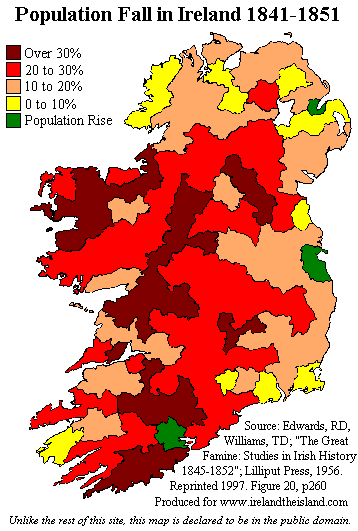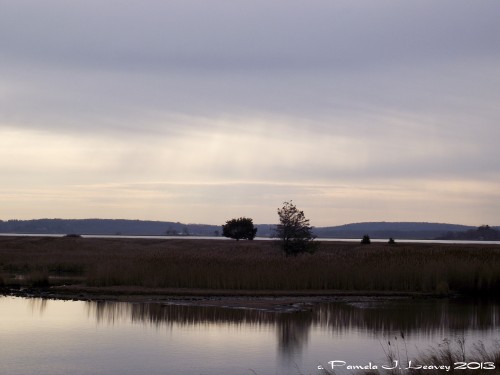 Ansel Adams was an only child, born to old parents in San Francisco on February 20, 1902. He was the only child of businessman Charles Hitchcock Adams and Olive Bray, and the grandson of a timber baron. Adams’ family home was in located in the coastal Golden Gate area of San Francisco. It was there that Adams developed an early appreciation for nature.
Ansel Adams was an only child, born to old parents in San Francisco on February 20, 1902. He was the only child of businessman Charles Hitchcock Adams and Olive Bray, and the grandson of a timber baron. Adams’ family home was in located in the coastal Golden Gate area of San Francisco. It was there that Adams developed an early appreciation for nature.
He was a shy child, possibly dyslexic, and subsequently he did not do well in school. He was ultimately home schooled, which led to solitary time spent walking along the still undeveloped and wild coastline. At twelve years old Ansel Adams learned piano on his own, and went on to pursue piano as his career. However, in 1916 Adams first visited Yosemite, which changed his passion from piano to photography. It was there in Yosemite that he would take up the camera, a Kodak No. 1 Box Brownie, which was a gift from his parents. Ansel Adams would ultimately spend quite a bit of time yearly at Yosemite, until he passed away on April 22, 1984.
Adams joined the Sierra Club in 1919 and subsequently spent the next “four summers in Yosemite Valley, as “keeper” of the club’s LeConte Memorial Lodge.”[1] This would prove to be quite opportune for Adams, as he became friends with many of the leaders of the Sierra Club and became involved with the early conservation movement. It was here at Yosemite that Adams would also meet his wife, Virginia Best. Adams involvement with the Sierra Club was pivotal to his early career as a photographer, with publication of his both his writings and photographs in their 1922 Bulletin and then a “his first one man exhibition in 1928 at the club’s San Francisco headquarters.”[2] Adams began to see the potential to make a modest living as a photographer through his continued involvement with the Sierra Club. (more…)
Related Images:











